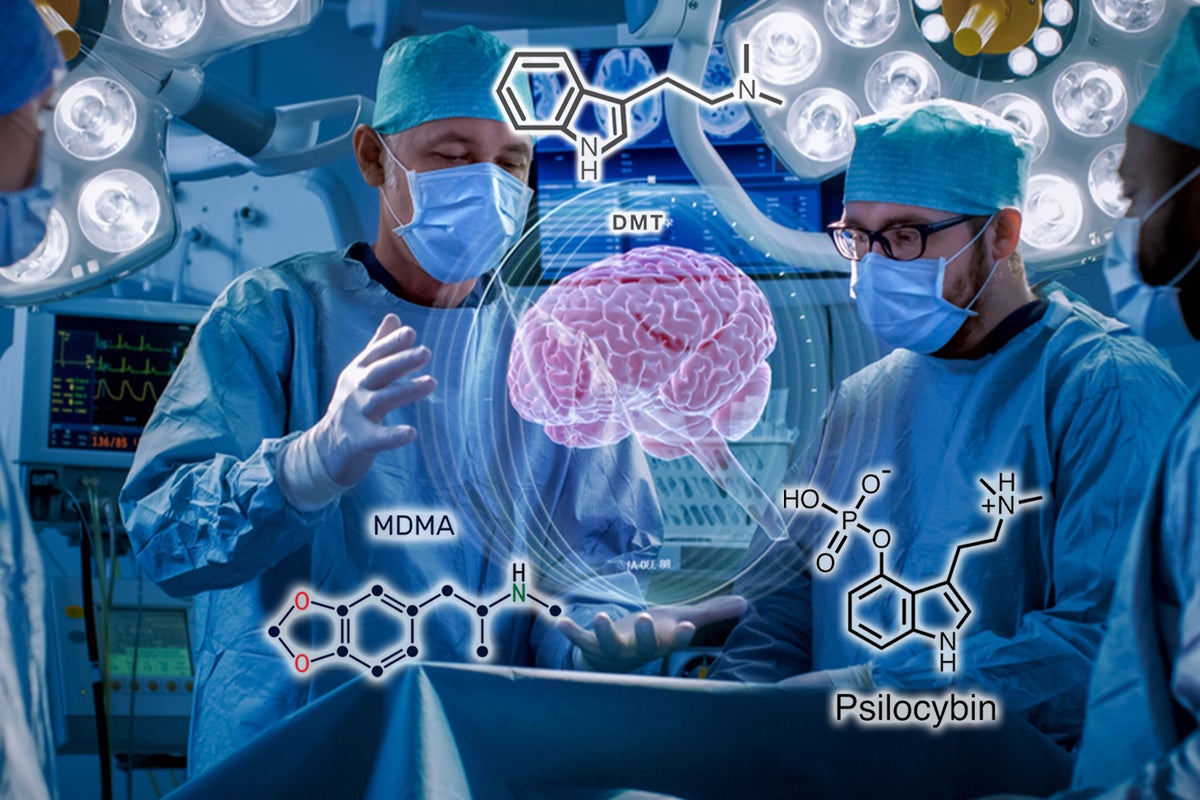[ad_1]
Delix Therapeutics recently published findings from a study about the mechanism that causes psychoplastogens and serotonin to activate the 5-HT2A receptor in different ways.
The paper, developed in collaboration with researchers at UC-Davis, offers unprecedented insight into the long-standing question of why serotonin doesn’t stimulate cortical neuron growth.
How? While both psychedelic substances and serotonin stimulate 5-HT2A receptors, psychedelics work by activating the intracellular receptors population, a difference that would be responsible for ultimately making new dendrites grow (aka, neuroplasticity).
The study findings show that 5-HT2A receptors, located mostly inside cells, mediate the psychoplastogenic effects of psychedelics. As serotonin cannot activate this population of receptors because their polar chemical nature inhibits them from going beyond the surface and crossing cell membranes, the findings might explain why serotonin-based therapeutics such as SSRIs (common antidepressants) have different effects than psychedelics and other psychoplastogenic therapeutics.
“It seems to overturn a lot about what we think should be true about how these drugs work,” Cornell University neuroscientist Alex Kwan says. The common thought used to be that psychedelics “act on receptors that are on the cell surface.”
The discovery could thus help in the development of medicines that treat patients more effectively with fewer risks and side effects, including Delix’s ongoing work in what now constitutes a library of over 2,000 psychedelic-inspired, non-hallucinogenic therapeutics that promote rapid and sustained neuroplasticity in the brain.
The company is set to test the first of these novel compounds in the clinical stage this 2023 with the goal of broadening patient access to novel, safe, fast-acting and long-lasting medicines for a range of mental illnesses.
“Cortical atrophy is a central feature of so many neuropsychiatric and neurodegenerative diseases, which is why advancing medicines that promote neuroplasticity and neuronal regrowth is so important,” Delix chief innovation officer David Olson said.
The researcher says that while the fact that both serotonin and psychedelics activate the 5-HT2A receptor was known for years, it was unclear why psychedelics always produced more rapid and sustained effects on structural plasticity and behavior.
“This latest Science paper reveals that the location of the 5-HT2A receptor is critical for determining the downstream effects of its activation, and we hope to use this information to develop improved therapeutics,” Olson added.
Delix is developing its understanding of this “incredibly complex system” in a way that others aren’t, Delix CEO Mark Rus explained.
The firm’s hypothesis is that non-hallucinogenic psychoplastogens are positioned to offer a combination of “effective and scalable” therapeutics available for mental health conditions, he added.
Photo: Benzinga edit with photo by Bacsica, Gisele Yashar and Gorodenkoff on Shutterstock.
[ad_2]
Image and article originally from www.benzinga.com. Read the original article here.

